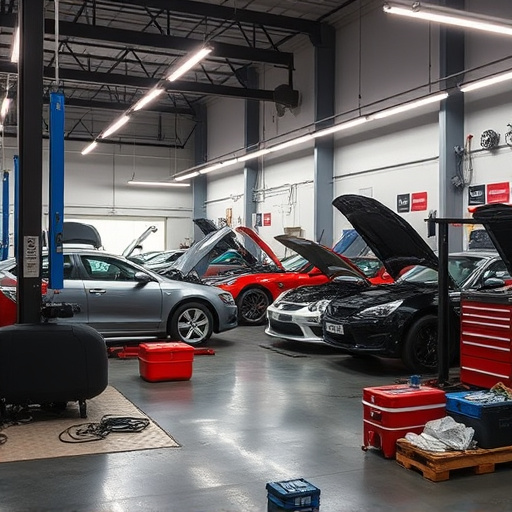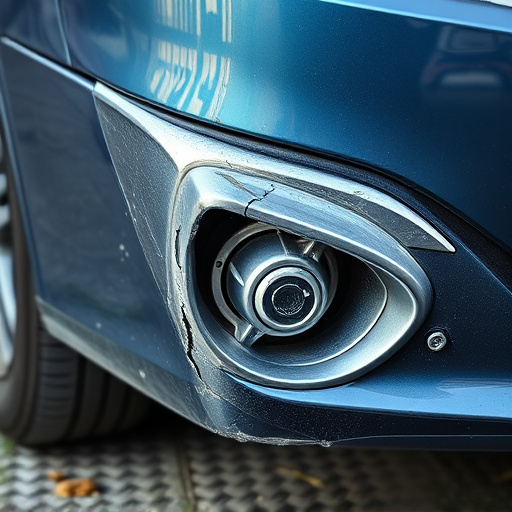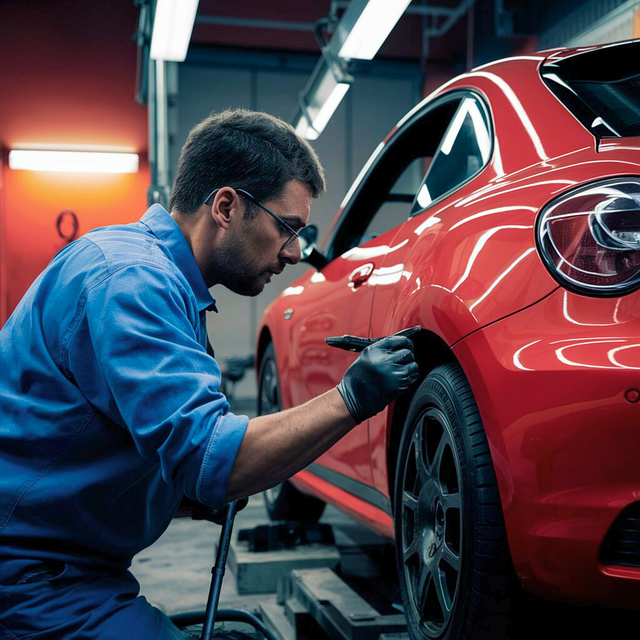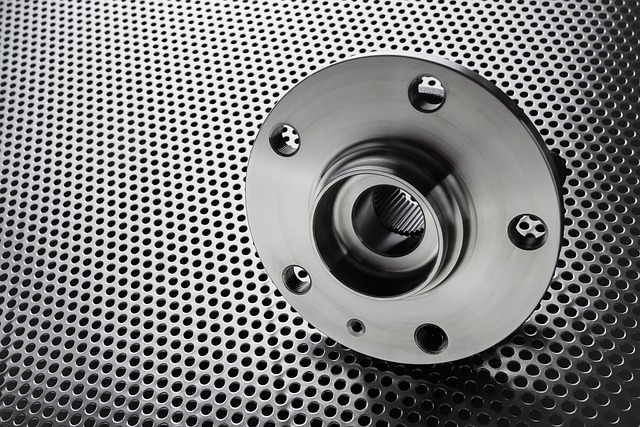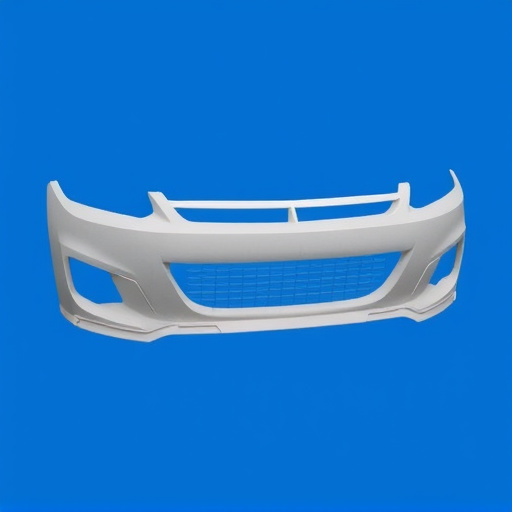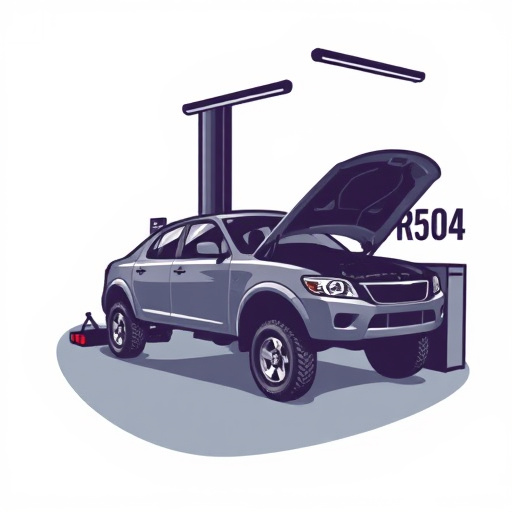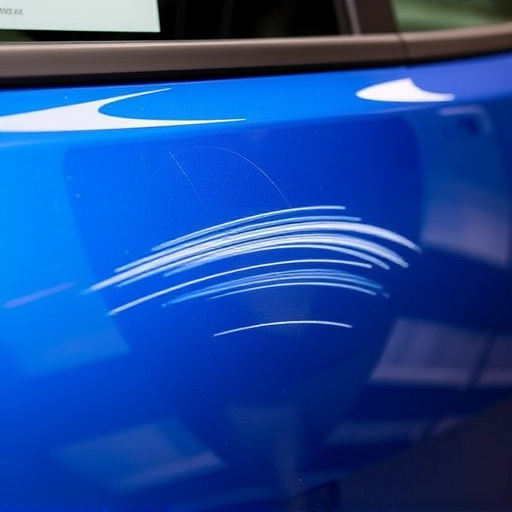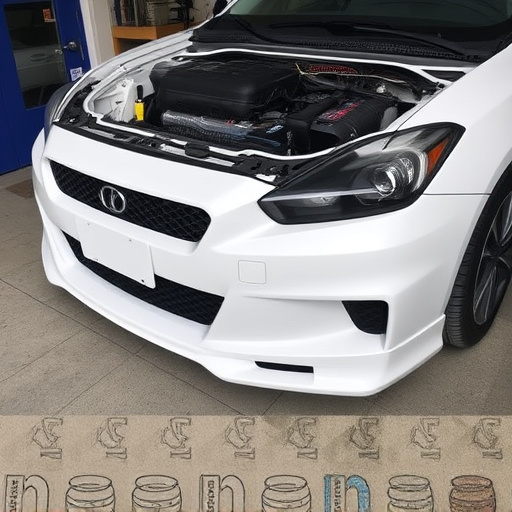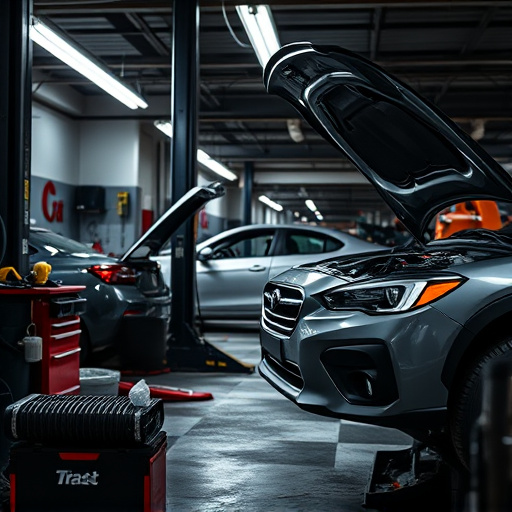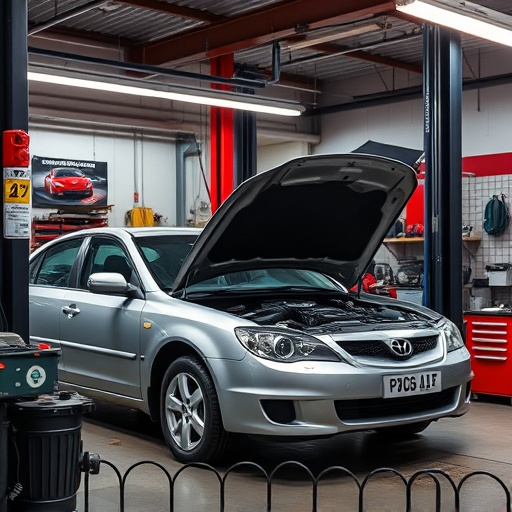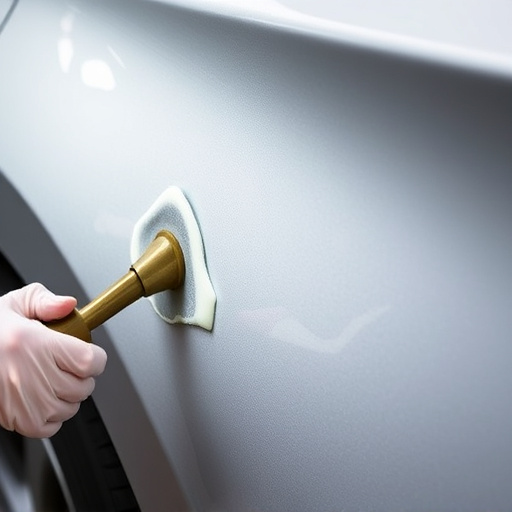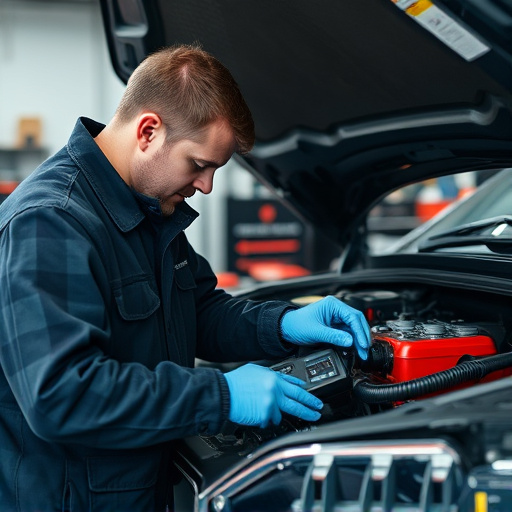Prompt action on plastic panel dents and cracks prevents further damage and improves aesthetics. Auto experts recommend follow-ups within 24-48 hours for minor issues, aiming for top-notch results that maintain original vehicle appearance. Effective communication during planning ensures smooth repairs, accurate estimates, and client satisfaction by managing expectations and considering parts acquisition, drying/curing times.
“Discover the optimal timing for scheduling plastic panel repair follow-ups. Understanding when to act is crucial for effective damage management, ensuring your vehicle’s aesthetics and safety. Learn the ideal follow-up periods after initial repairs to prevent further issues.
This guide explores ‘Assessing Damage: When to Act,’ ‘Timing is Key: Ideal Follow-Up Periods,’ and ‘Effective Communication: Planning the Repair’ for seamless plastic panel replacement processes.”
- Assessing Damage: When to Act
- Timing is Key: Ideal Follow-Up Periods
- Effective Communication: Planning the Repair
Assessing Damage: When to Act

Damage assessment plays a pivotal role in determining the need for plastic panel repair replacement. It’s crucial to act promptly when noticeable dents, cracks, or significant deformations occur on vehicle surfaces, especially those made of plastic. While some smaller dents might not require immediate attention, any signs of cracking can be early indicators that further damage may ensue if left unchecked.
Auto repair shops and collision centers often recommend scheduling a follow-up within 24-48 hours if the damage is visible but not yet severe. This window allows for an assessment of whether the plastic panel can be successfully repaired or if replacement is inevitable. Prompt action not only preserves the vehicle’s aesthetic appeal but also ensures that minor issues don’t develop into more costly and complex repairs down the line, typically facilitated by a vehicle body shop.
Timing is Key: Ideal Follow-Up Periods

Timing is Key: Ideal Follow-Up Periods
When it comes to plastic panel repair replacement, scheduling a follow-up visit is vital for ensuring top-notch results and customer satisfaction. The ideal time frame for a follow-up depends on several factors, including the complexity of the repair, weather conditions, and the type of vehicle. For minor fender repairs or simple plastic panel damages, a wait of 24 to 48 hours is usually sufficient to allow the adhesive to cure properly. This ensures that the replacement part is securely attached and able to withstand normal driving conditions.
For more intricate collision repair jobs involving multiple panels or complex geometry, professionals in a reliable collision repair shop may recommend a follow-up after one to two weeks. This extended period allows for any potential issues related to adhesive strength, paint compatibility, or weather impacts to manifest early on. By then, technicians can assess the work and make adjustments if necessary, guaranteeing a seamless fit and finish that matches the vehicle’s original aesthetics.
Effective Communication: Planning the Repair

Effective communication is key when planning plastic panel repair replacement, ensuring a seamless and efficient process from start to finish. During the initial consultation, auto body services professionals should discuss the extent of damage with clients, taking detailed notes on the specific areas requiring plastic panel repair or replacement. This step is vital in managing expectations and providing an accurate estimate for collision repair services.
By fostering open dialogue, customers can offer insights into their vehicle’s history, which helps technicians prepare for potential challenges during the car paint services process. Effective communication also enables a clear understanding of timelines, as many factors influence the duration of plastic panel repair. From acquiring necessary parts to allowing time for drying and curing, proper planning ensures that clients are kept informed throughout, enhancing overall satisfaction with auto body services rendered.
In conclusion, effective plastic panel repair and replacement requires a strategic approach. By understanding when to act after assessing damage and maintaining timely communication with professionals, you can ensure optimal outcomes. Following recommended follow-up periods allows for thorough repairs, enhancing both the aesthetics and safety of your vehicle. Remember, prompt action and clear planning are key to restoring your vehicle’s original condition.
